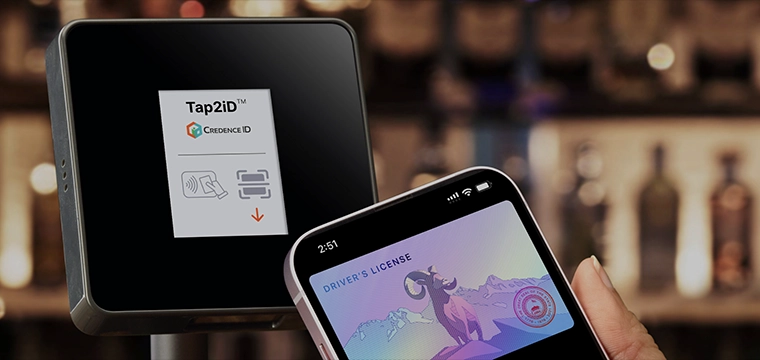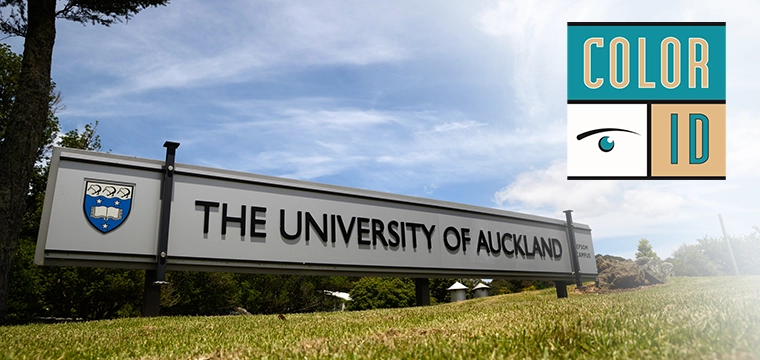
Expanding the consumer experience on campus to generate new revenues for merchants and institutions
By Karen Roberts, Director of Product Management at Apriva
In a continually expanding campus market, students, faculty and staff expect payment acceptance and a consistent customer experience across all points of interaction. With today’s omni-channel technologies, universities and their supporting communities can deliver this experience while monetizing their payment ecosystems for greater revenues.
Before advancements in technology yielded multi-purpose campus cards, colleges and universities often maintained separate door key systems, library copy cards, dining cards, and more. Campus cards today have evolved into more efficient, multi-function products with the ability to support identification, access and commerce all from a single account.
Classic student identification cards have grown from enabling library book checkout, to unlocking doors, and paying for goods and services such as dining hall, laundry and bookstore purchases, to serving as a debit card associated with a personal checking or prepaid account. As campuses continue to develop features for campus cards, students and merchants will expect a seamless, omni-channel experience both on- and off-campus.
Campus cards most often fit into one of two categories: closed-loop and bank-affiliated cards. Closed-loop cards operate as pre-paid debit cards, where deposited funds are held in underlying campus-based accounts. A closed-loop card can be designed to provide dining, vending, laundry and printing payments, as well as support debit transactions for designated off-campus locations like grocery stores, restaurants and even mobile apps.
When extended to the revenue opportunity for off-campus businesses — plus the additional revenue potential for the schools themselves — the campus card payment market becomes gigantic.
Bank affiliated campus cards are coordinated by universities with specific financial institutions to associate checking accounts with campus ID cards, enabling the card to function as a debit card against the checking account at that specific financial institution.
Atrium, Blackboard, CBORD, ITC Systems, TouchNet and others provide campus card transaction processing for closed-loop cards at more than 2,000 institutions of higher learning across the United States. With an average U.S. campus supporting 15,600 students that means more than 31-million users already exist in the campus card ecosystem. The average college student spends more than $15,000 annually for living expenses — projecting upwards of $465 billion in potential spending each year .
“The upside of accepting campus card payments for vendors, merchants, and food-service providers on campus is impressive,” says Scott Dowty, chief revenue officer at Apriva, a technology company providing an adaptive payment platform supporting campus cards. “But when extended to the revenue opportunity for off-campus businesses — plus the additional revenue potential for the schools themselves — the campus card payment market becomes gigantic.”
Merchants today need to connect with students across multiple channels and campus card processors to capitalize on this market opportunity. A true omni-channel strategy requires meeting students in store, online, with mobile, with self-service and vending, perhaps even with mail order/telephone order options.
Wherever students seek products and services during their college years, merchants must be ready to take payments across all channels, and accepting campus card payments can only expand sales opportunities.
“It is critical for the university to deliver a seamless and completely transparent experience to a variety of stakeholders,” says Christopher Yong, associate IT director at the University of British Columbia in Vancouver. “This includes off-campus merchants that serve our students and staff.”
Integrating to a payment platform with campus cards enables both on-campus and off-campus businesses to expand into new markets for their products and services. Vending merchants have seen as much as a 25% increase in revenue when adding campus card transactions. On-campus parking transactions for most students range from $400-$2000 per year, and $200-$400 per month in food and grocery expenses.
It's critical for universities to deliver a seamless and completely transparent experience to a variety of stakeholders, including off-campus merchants that serve students and staff.
In addition to the on-campus opportunities, off-campus merchants, restaurants, vendors, independent software providers, and mobile app developers can quickly break into the campus market by accepting campus card payments. Ready examples of ride-share apps and meal delivery apps are often used by students for convenience and safety. Merchants able to accept campus cards can quickly gain market share in campus areas and can build loyal customers well into the future by first winning patronage during consumers’ college years.
The campus commerce ecosystem is complex and ever evolving. However, as campus cards continue to serve identification, access control, and payment functions, delivering a more robust ecosystem can benefit students, staff, local merchants, and educational institutions.
The more places students and staff can use their campus cards for payment — across storefront, mobile, self-service and online channels — the more the university has enhanced their customer experiences. For merchants expanding their payment options to include campus cards, the sales growth and new revenue opportunities are significant. And for educational institutions that generate income from the distribution and use of campus cards in commerce, the opportunities for increased revenue also climbs as campus card adoption and use grows.
With technologies and payment expertise to unite customer experiences with omni-channel commerce, the campus market presents a unique opportunity for payments: Equally supporting consumers, merchants, and the institutions bring them together.




